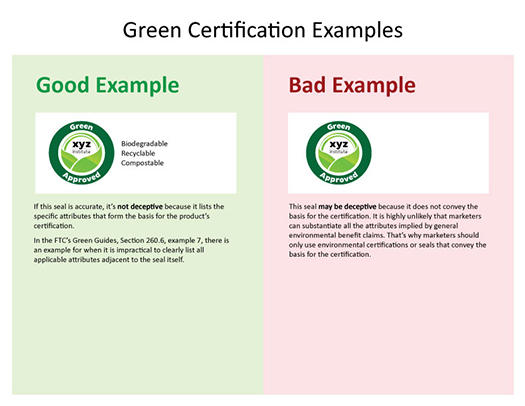"Whether you’re a home gardener or a commercial grower of vegetables, cotton, or other agricultural crops, as soon as the growing season is over, you may want to consider planting cover crops—grasses, legumes and small grains that protect and improve the soil.
Cover crops, which are typically grown off season, help reduce soil erosion, increase organic matter and control weeds. At the same time, they can lessen the effects of extreme weather conditions such as drought and help improve water and air quality as well as wildlife habitat.
But how do you know which cover crops are right for you? Although a lot of information is available about individual cover crops, there’s a need to show how these crops could potentially complement one another when grown together.
An online tool developed by USDA’s Agricultural Research Service (ARS) scientists is a good place to start..."
Cover crop

